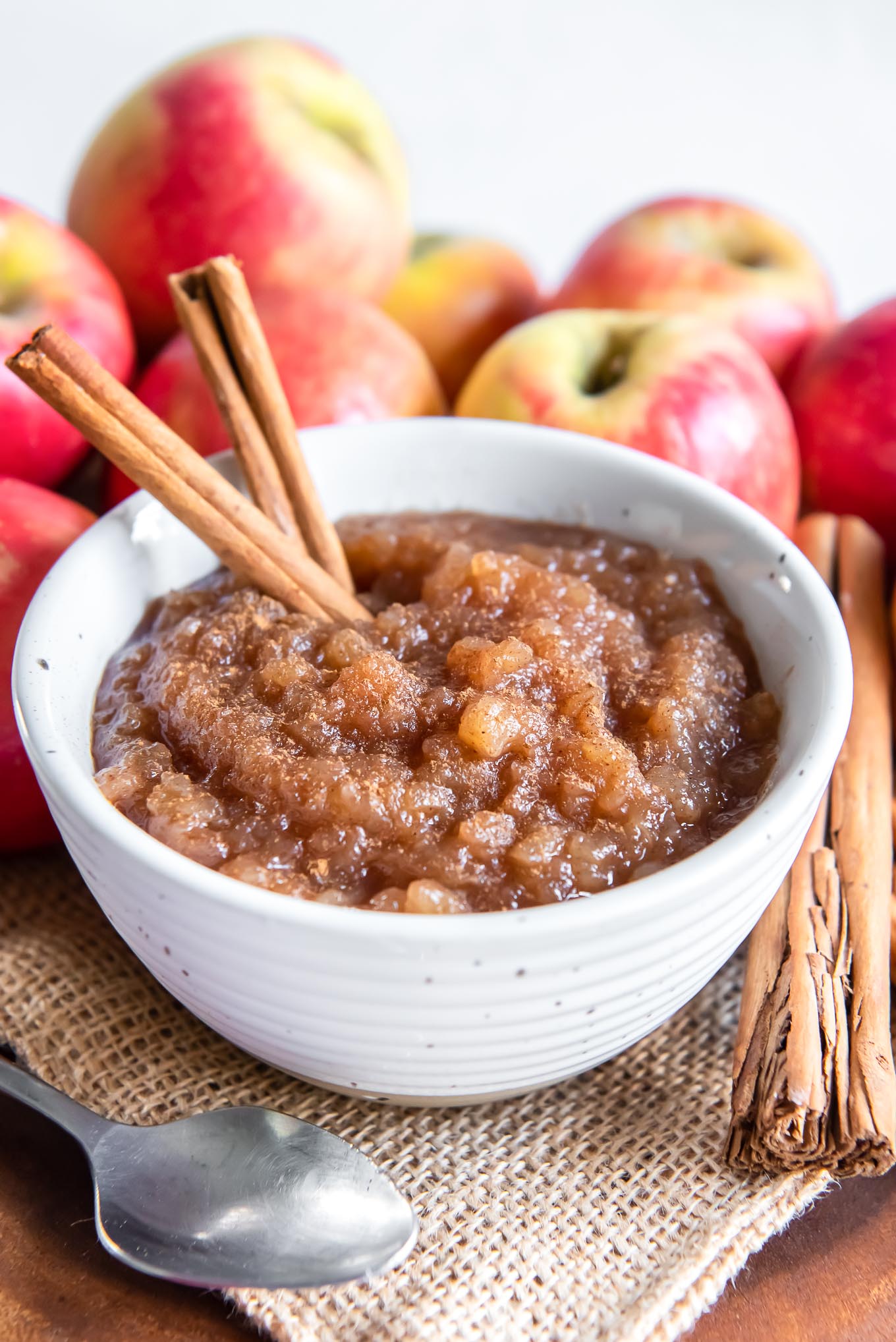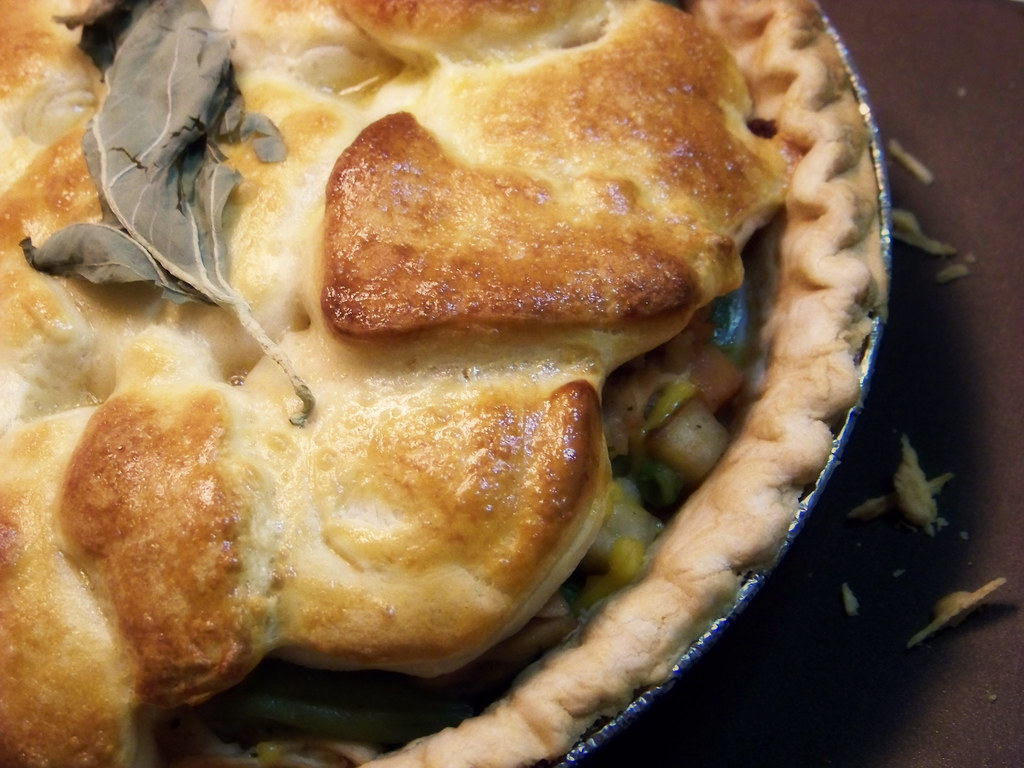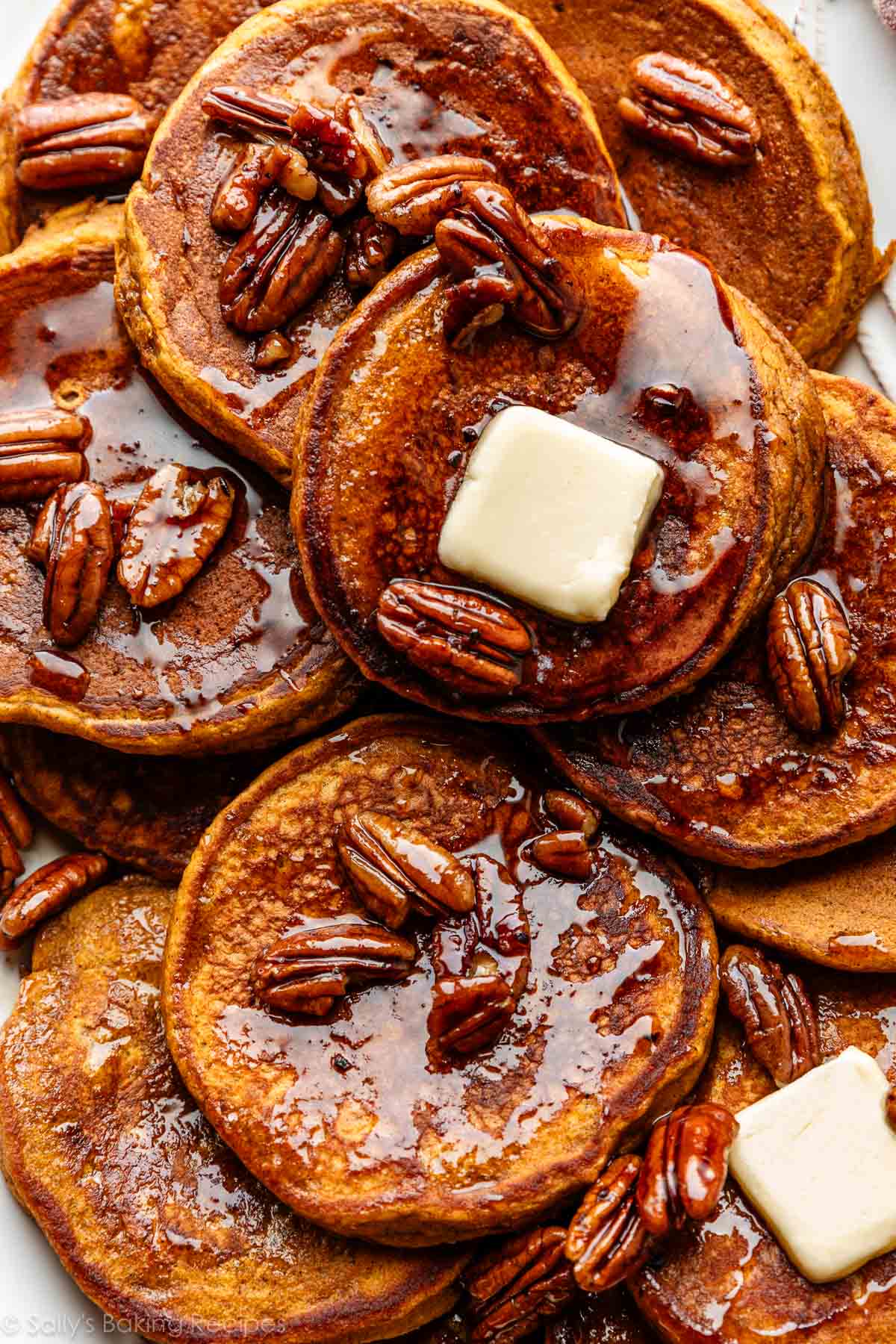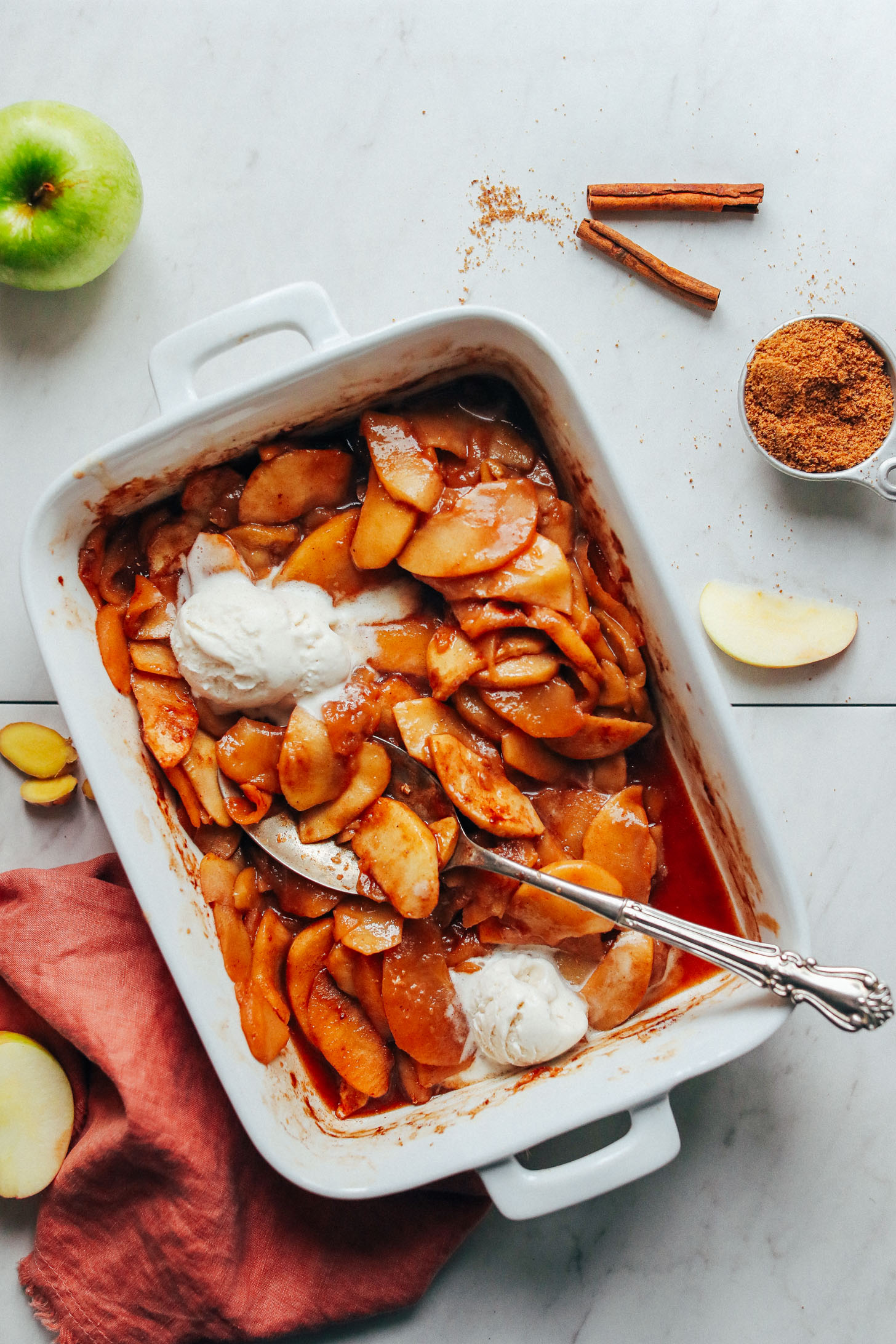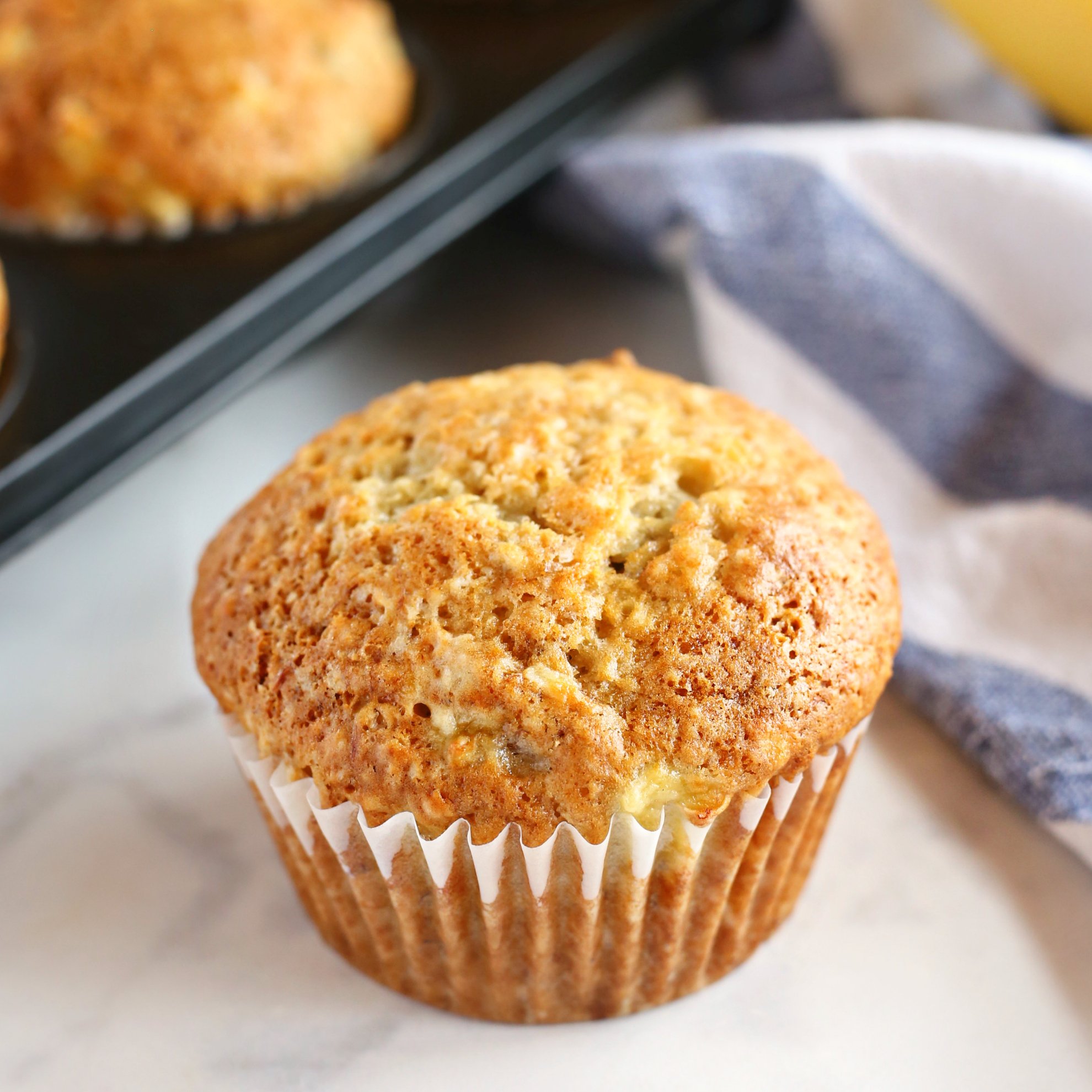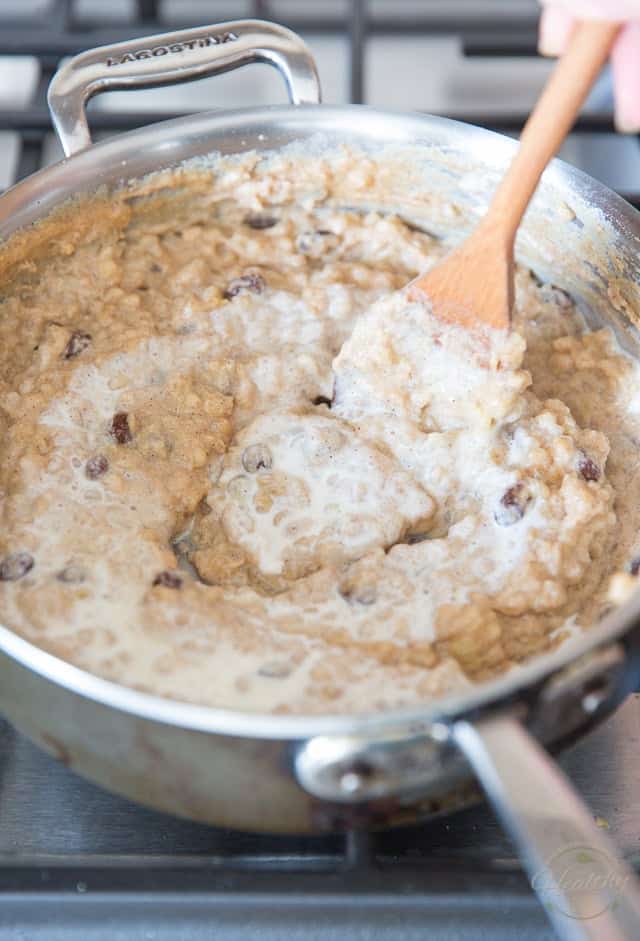Easy Homemade Applesauce Recipe
Easy Homemade Applesauce Recipe: A Taste of Fall Serenity
Indulge in the nostalgic flavors and warm aromas of autumn with our “Easy Homemade Applesauce Recipe”. This comforting treat is not just a culinary delight but a tale of sweet beginnings and rustic charm.
Origin and History:
Applesauce has its roots in ancient culinary traditions, with evidence of its existence in ancient Rome and Greece. It was widely consumed in Europe during medieval times and became a staple in American kitchens in the 19th century. Today, this heartwarming dish continues to grace tables and bring joy to families.
Personal Touch:
Growing up, the tantalizing aroma of applesauce simmering on the stove always evoked feelings of warmth and comfort. Its sweet and tangy notes filled our home on crisp fall mornings, reminding us of nature’s bounties. Sharing this recipe is not merely a culinary experience but a way to pass on a cherished tradition.
Things to Expect:
In this post, we’ll embark on a culinary journey, discovering the secrets of crafting the perfect applesauce from scratch. From ingredient selection to preparation techniques, we’ll guide you through each step.
Ingredients List:
- 6 cups (1.5 lbs) apples, peeled and sliced (any variety you prefer)
- 1 cup water
- 1/3 cup sugar (optional; adjust sweetness to taste)
- 1/4 teaspoon ground cinnamon
- 1/8 teaspoon ground nutmeg
Preparation Steps:
- Prepare Apples: Peel, core, and slice the apples into uniform wedges.
- Simmer: Combine apples, water, sugar (if using), cinnamon, and nutmeg in a medium saucepan. Bring to a boil over medium heat, then reduce heat to low and simmer until apples are tender and begin to break down, about 15-20 minutes. Stir occasionally to prevent sticking.
- Mash Apples: Use a fork or potato masher to gently mash the apples to your desired consistency. For smoother applesauce, use a blender or food processor.
Cooking Time & Servings:
- Cooking Time: Approximately 15-20 minutes
- Servings: 8-10
Nutritional Information:
Per serving (1/2 cup):
- Calories: 60
- Carbohydrates: 15g
- Sugar: 10g
- Fiber: 2g
- Vitamin C: 5mg
Health Conditions and People to Avoid:
Applesauce is generally safe for consumption for most people. However, individuals with the following health conditions should consult a healthcare professional before including applesauce in their diet:
- Diabetics: Applesauce contains natural sugars. Consult a dietitian or healthcare practitioner for portion control recommendations.
- Fructose Malabsorption: Applesauce contains fructose, a natural sugar that can be poorly absorbed in some individuals.
- Allergies: Applesauce can contain allergens, such as apples, cinnamon, or nutmeg. If you have allergies to any of these ingredients, avoid consuming applesauce.
Nutrition and Benefits to the Body:
- Vitamin C: Essential for immune function, skin health, and wound healing.
- Fiber: Supports digestion and helps regulate blood sugar levels.
- Antioxidants: Protects cells from damage caused by free radicals.
- Potassium: Helps maintain electrolyte balance and regulates blood pressure.
Disadvantages:
- Sugar Content: Applesauce contains natural sugars, which can be harmful when consumed in excess.
- Acidity: Overconsumption can increase stomach acidity, leading to discomfort.
- Fiber: Excessive fiber intake can cause digestive discomfort, such as gas and bloating. Eating moderately is perfectly fine, but acquiring excess of this nutrients is harmful.
Tips and Tricks:
- Use a variety of apples for a complex flavor.
- Add a squeeze of lemon juice for extra tanginess.
- Top with a dollop of whipped cream or a sprinkle of granola for a fancy touch.
- For a healthier option, use honey or maple syrup as a natural sweetener.
Equipment Needed:
- Medium saucepan
- Peeler
- Core remover
- Fork or potato masher (or blender/food processor for smoother applesauce)
Variations or Substitutions:
- Sugar-Free Applesauce: Replace sugar with a sugar substitute, such as stevia or erythritol.
- Spiced Applesauce: Add a pinch of ginger or cloves for a festive flavor kick.
- Applesauce with Puree Vegetables: Puree carrots, sweet potatoes, or butternut squash to add extra nutrients and sweetness.
Serving Suggestions:
- Serve warm or chilled as a side dish with roasted meats or poultry.
- Spread on toast, muffins, or pancakes for a sweet treat.
- Use as a filling in pies, tarts, or turnovers.
Storage and Reheating Instructions:
- Storing: Store applesauce in an airtight container in the refrigerator for up to 5 days.
- Reheating: Reheat applesauce on the stovetop over low heat or in the microwave until warmed through.
Conclusion:
Embrace the flavors of fall with our “Easy Homemade Applesauce Recipe”. Whether you’re a culinary novice or a seasoned cook, this recipe will guide you to create a delectable dish that will warm your home and satisfy your taste buds. Experiment with different apple varieties, seasonings, and serving suggestions to personalize your applesauce experience. And if you have any questions or comments, don’t hesitate to reach out. Let’s savor this culinary adventure together!
FAQs:
Q: Can I use any apple variety for this recipe?
A: Yes, you can use any variety of apples you like. However, using a mix of sweet and tart varieties, such as Granny Smith and Red Delicious, will add depth to the flavor.
Q: How can I thicken my applesauce?
A: To thicken applesauce, simmer it for longer, stirring occasionally, until it reaches your desired consistency. You can also add a cornstarch slurry (equal parts cornstarch and water) to thicken it.
Q: Can I freeze applesauce?
A: Yes, you can freeze applesauce for up to 6 months. Make sure to store it in an airtight freezer-safe container.
Q: Is applesauce a good substitute for sugar in recipes?
A: Yes, applesauce can be a healthier alternative to sugar in recipes. It adds natural sweetness and moisture to baked goods.
Q: Can I use the peels and cores of the apples in the applesauce?
A: The peels and cores of apples contain fiber and nutrients, so you can certainly use them in your applesauce for a more rustic flavor. However, make sure to remove the stems.

